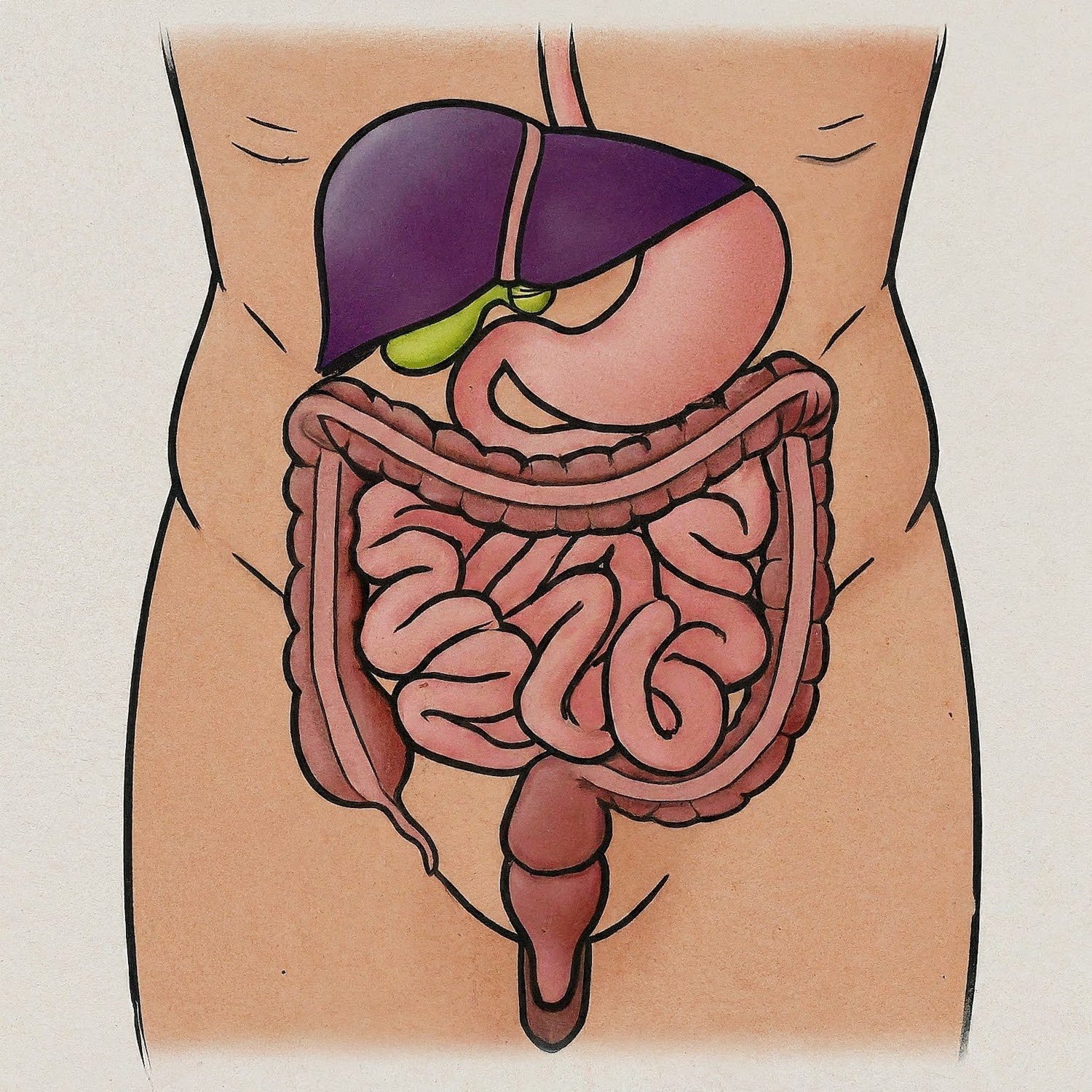Laparotomy refers to a surgical incision in the abdominal wall in order to gain access to the abdominal cavity. The word is derived from the Greek words lapara (flank) and tomy (cut). Ephraim McDowell, a surgeon from Danville, Kentucky, has been credited with the first successful laparotomy (and ovariotomy) without anesthesia on a patient with an ovarian cyst. He began the operation on December 25, 1809. His patient was Jane Todd Crawford.
Preoperative Considerations
- Surgical site is marked with patient cooperation
- The entire abdomen is shaved (and upper thighs, if needed) and hair is removed
Opening
- Patient is positioned and the surgical site is prepped and draped in the usual sterile fashion.
- An incision is made and carried down to the linea alba. Lateral traction to the subcutaneous fat will cause it to split down to the linea alba, which can be especially helpful in morbidly obese patients. However, it works equally well in most patients.
- The linea alba should be freed of fat for a width of 1 cm to allow for easy identification when closing. Bleeding vessels are clamped with hemostats and either ligated or cauterized to maintain hemostasis. Gauze pads are placed in the incision to protect the fatty layer from desiccation and injury.
- Incision of the linea alba is performed in the midline. The peritoneum may be picked up and released to verify no viscus is included. Toothed forceps can be used to lift the peritoneum up, and small openings in the side of the tent of elevated peritoneum are made (rather than the vertex).
- Kocher clamps are used to grasp the edges of the linea alba fascia and adjacent peritoneum. In cutting the peritoneum and fascia with scissors, the blades are only inserted as long as they are clearly visualized in order to avoid cutting internal structures. Once the incision is extended to its uppermost limits, the operator can insert the index and middle fingers of the left hand beneath the peritoneum heading toward the pelvis. The linea alba and peritoneum may be divided with scalpel or scissors. The umbilicus is handled with care, as there are significant blood vessels in the fatty layer between the fascia and peritoneum in this region. Care must also be given at the lower end of the incision where the bladder comes superiorly. The bladder can be identified as a palpable thickening.
Closure
- If the peritoneum and linea alba fascia are separate, the fascial edge can be grasped with toothed forceps to expose the peritoneum, which can be grasped with Kocher clamps.
- The closing suture can be absorbable or nonabsorbable, and the suturing technique can be interrupted or continuous in order to approximate the peritoneum and linea alba as either separate or combined layers. If a continuous suture is used, it is technically easier to close from the lower end of the incision and move superiorly, particularly if the surgeon is standing on the patient’s right.
- The suture is anchored in the peritoneum just below the end of the incision. The needle is passed through the peritoneum and run superiorly in a continuous manner. A malleable (ribbon) can be used beneath the peritoneum to ensure avoidance of visceral or other structures. At the superior end of the incision, the looped and free ends of the suture are knotted together across the line of the incision.
- The linea alba may be closed beginning at either end of the incision. Simple interrupted, or figure-of-eight sutures can be used. Sutures are placed 1 – 2 cm apart whether the technique is interrupted or continuous.
- Alternatively, the linea alba and peritoneum can be closed as a single layer with interrupted or continuous suture.
- An expeditious closure may be made with a heavy looped suture on a single needle (synthetic absorbable or nonabsorbable on a 0 or #1 size). The suture is placed transversely through the peritoneum across the lower end of the incision and the needle is brought through the loop. The suture is secured once it is pulled and tightened. The double loop suture is run in a continuous fashion taking full thickness of the linea alba and peritoneum on either side of the incision. After the final stitch, the needle is cut off and one limb of the suture is retracted back across the incision so that the two ends of the suture are on either side of the incision. Suture is knotted to secure.
- Some surgeons prefer figure-of-eight when closing fascia with interrupted sutures. A full-thickness horizontal bite is taken that enters the linea alba on the far side. The suture is advanced for 1 – 2 cm and another transverse full-thickness bite is taken. When the two ends of the suture are tied, a criss-crossing, horizontal figure-of-eight is created.
- Some surgeon’s reapproximate Scarpa’s fascia with a few interrupted 3-0 absorbable sutures to lessen the dead space within the fat. Others proceed directly to skin closure.
- Skin can be closed with simple, interrupted suture with 3-0 or 4-0 nonabsorbable sutures on a curved cutting needle. Vertical mattress suture is another option for closure. Additionally, 4-0 or 5-0 synthetic absorbable subcuticular sutures can also be used. Staples may be used for their speed of application.
